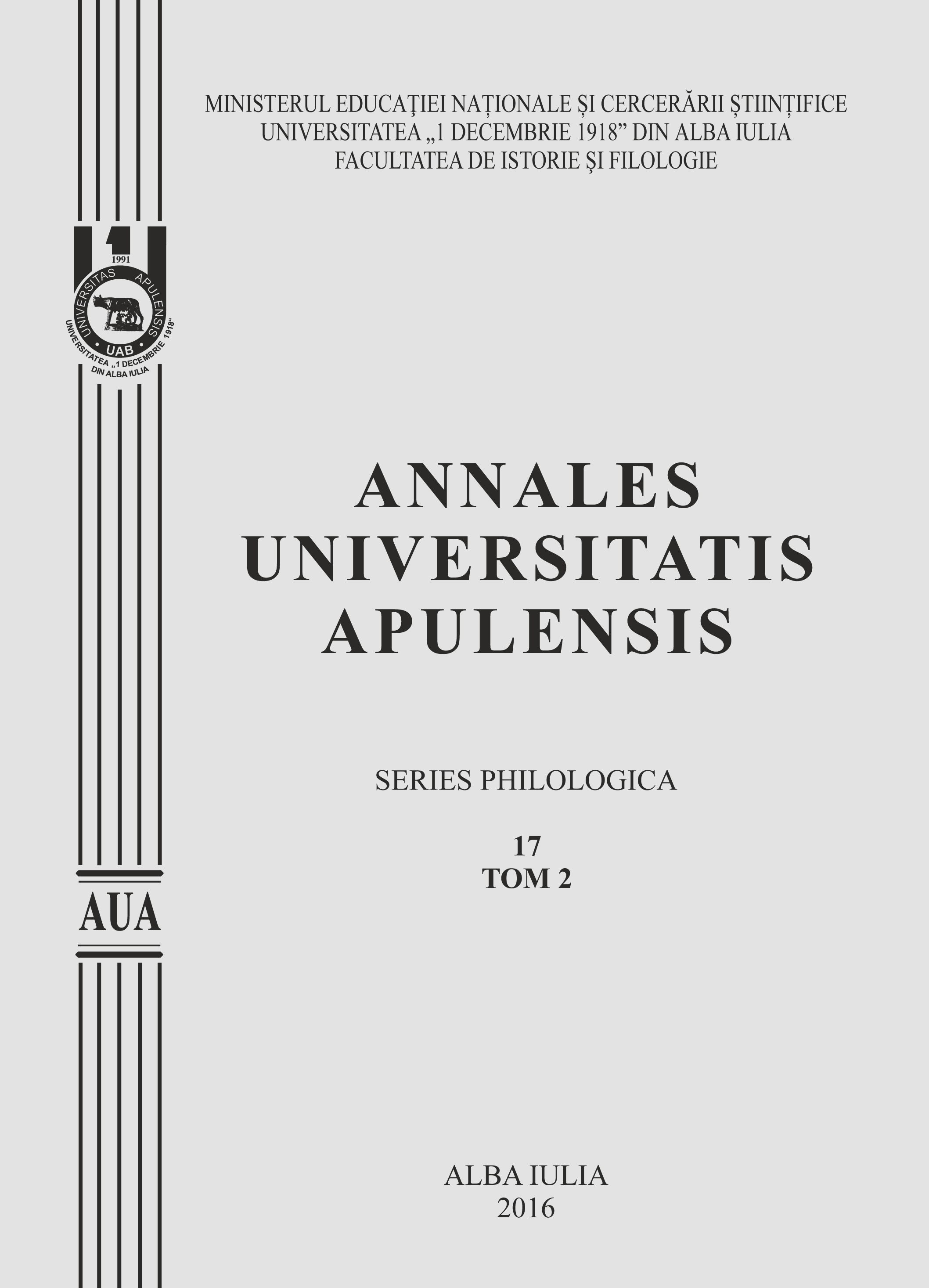MORPHOLOGIE DU HÉROS DANS UNE VIE DE BOY DE FERDINAND OYONO : DE LA NAÏVETE À LA DÉMYTHIFICATION DU COLONISATEUR
MORPHOLOGY OF THE HERO IN "UNE VIE DE BOY" BY FERDINAND OYONO: FROM THE NAÏVETÉ TO THE DEMYTHIFICATION OF THE COLONISER
Author(s): Machkour OmaïmaSubject(s): Language and Literature Studies
Published by: Universitatea »1 Decembrie 1918« Alba Iulia
Keywords: novel; hero; anti-colonial; ethno-psychiatry; structuralism; genetics; ancestral
Summary/Abstract: Having his national referentiality as a starting point, the colonist proceeded at dismembering the physical and moral territory of the Black African. These new fluctuations create economical, political and social relationships which affect the mental of the African by imposing him a different vision of the world. Thus, the novels of this epoch present the outsider heroes suffering from loss of identity and the absence of cultural marks concerning the cosmic vision of the world. Our reflection is an interrogation of the hero’s status in "Une Vie de boy" by Ferdinand Oyono through the vision of the Senegalese psychiatrist Ibrahima Sow in an examination of African personality. This approach is justified by the singularity of the Etre Noir. In fact, the African individuality is complex and cannot be perceived but in close connection with its environment; we are dealing with a universe with large cultural and symbolic significance. Thus, the ethno-psychiatric paradigm situated at the core of our approach will be doubled by the theories of Lukacs and Goldmann on the romanesque morphology of the hero, having in view the fact that Toundi’s initiatory itinerary reminds the one of a "problematic hero".
Journal: Annales Universitatis Apulensis. Series Philologica
- Issue Year: 17/2016
- Issue No: 2
- Page Range: 40-48
- Page Count: 9
- Language: French

